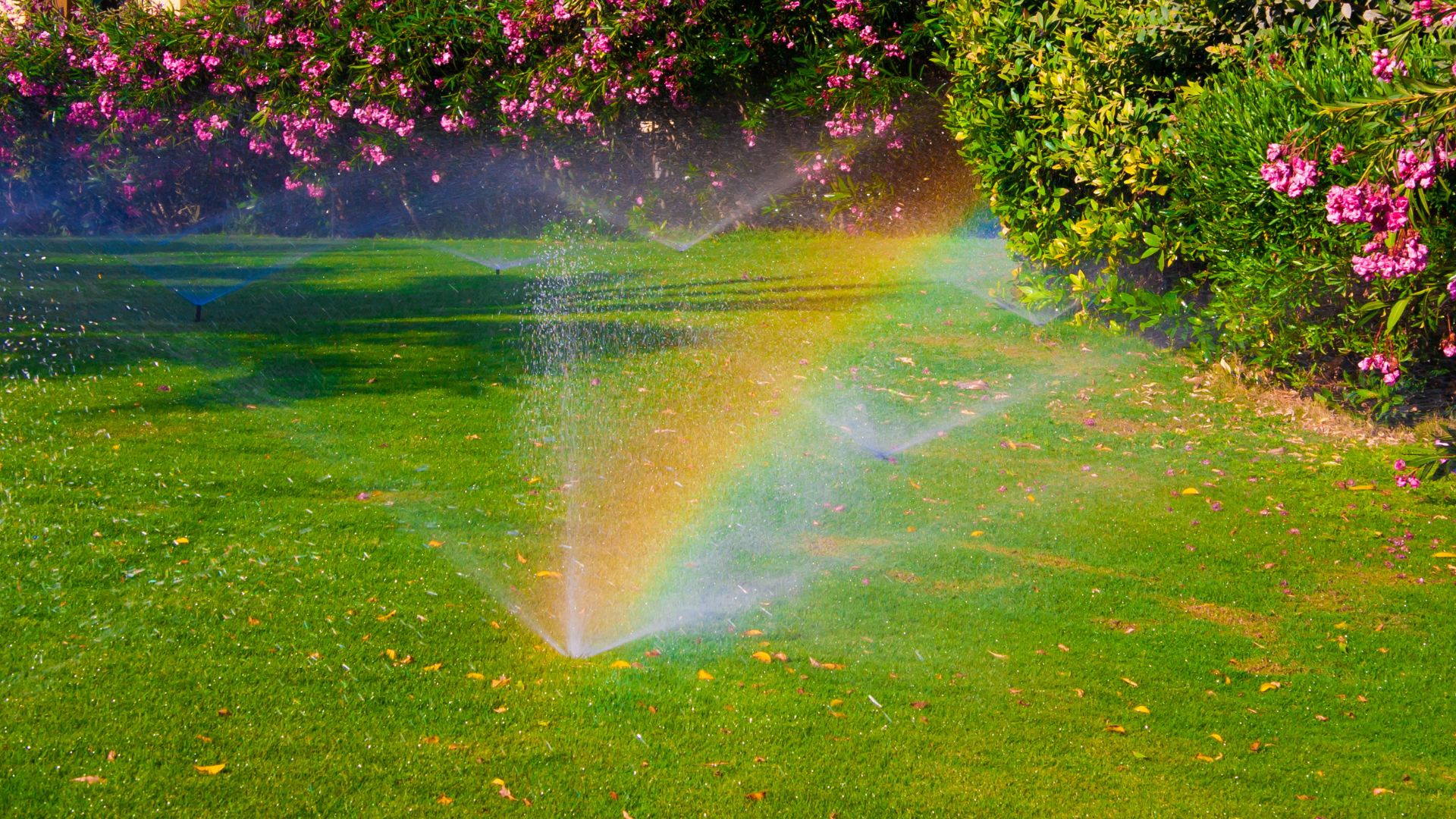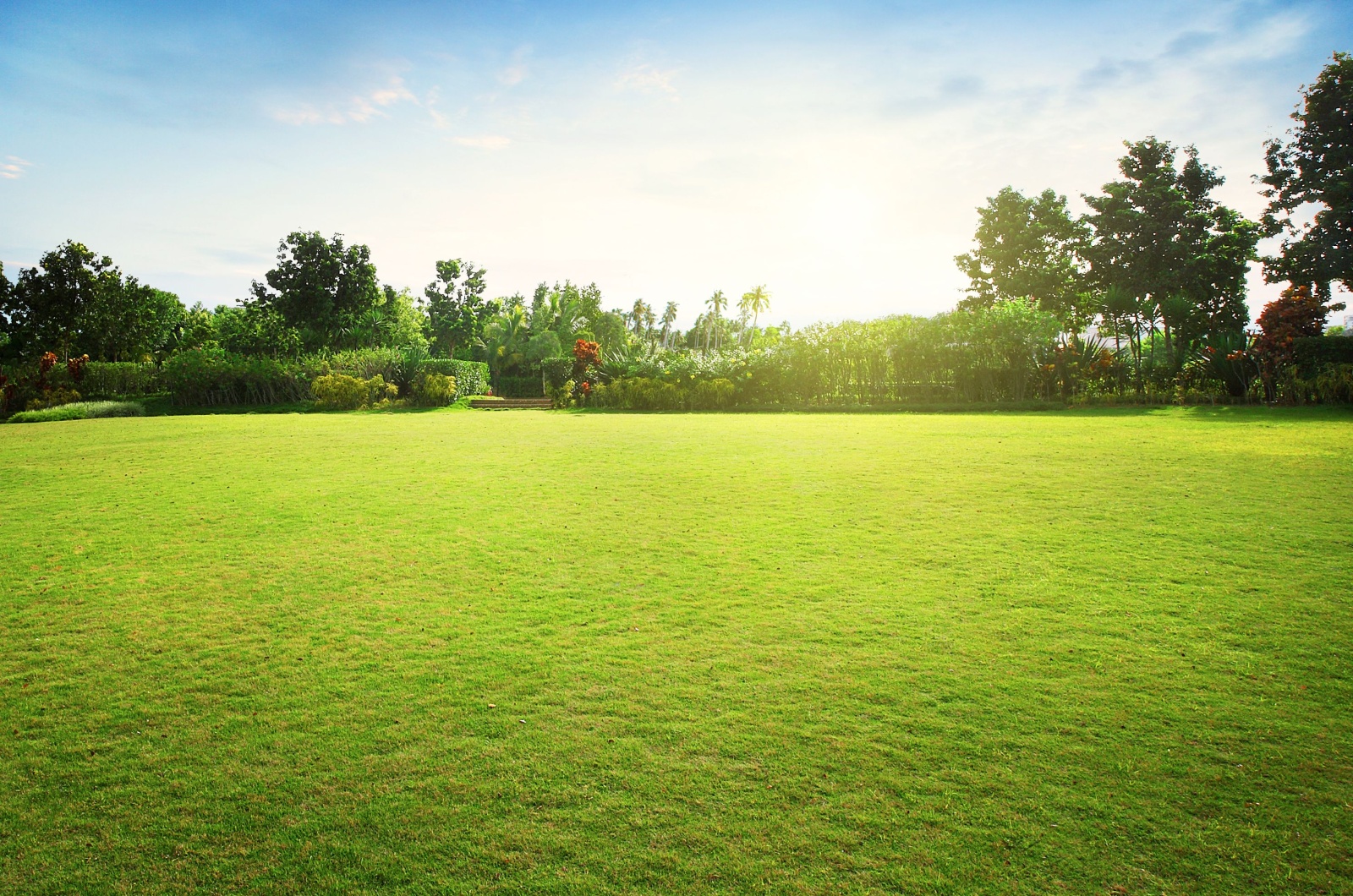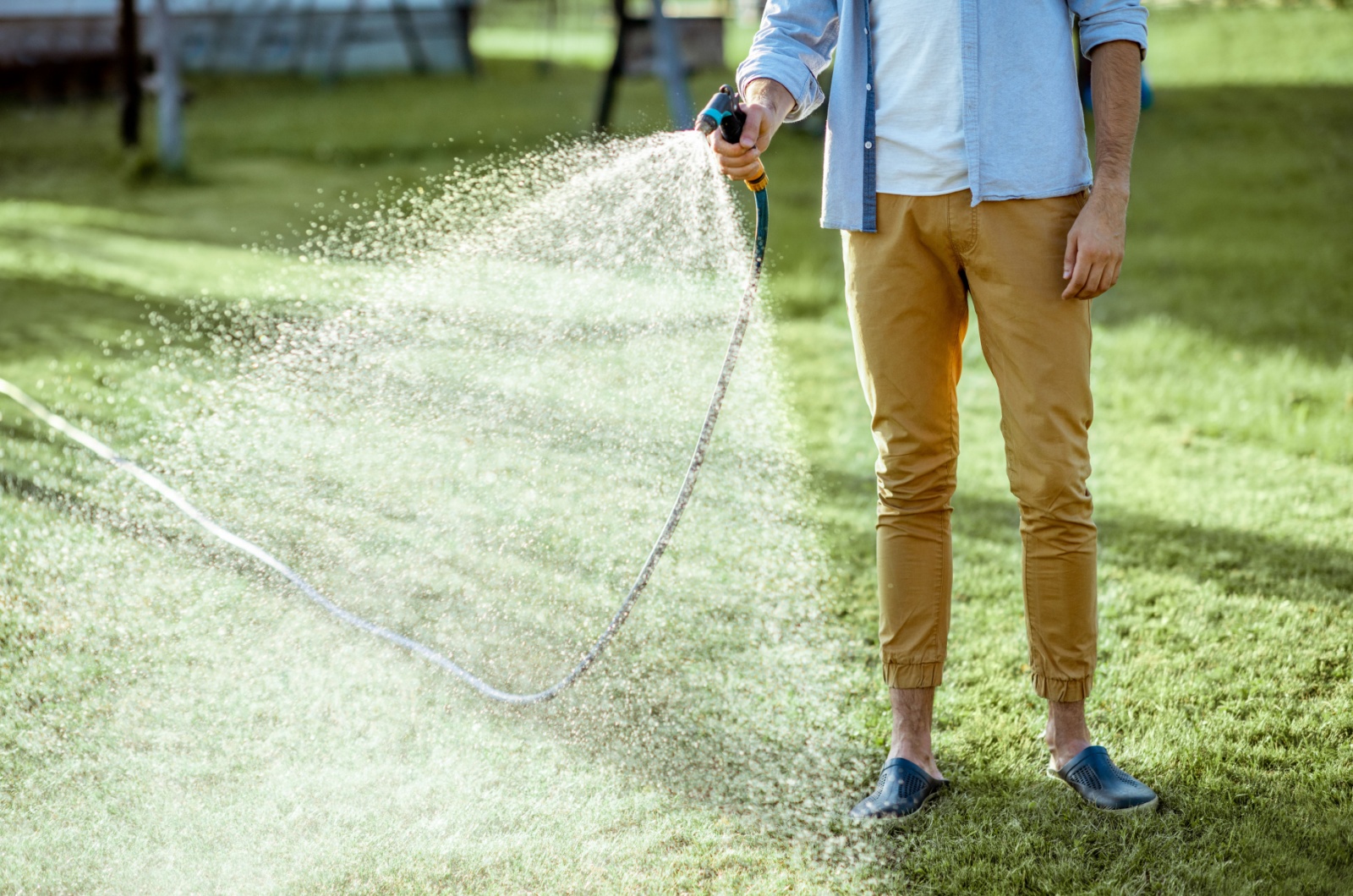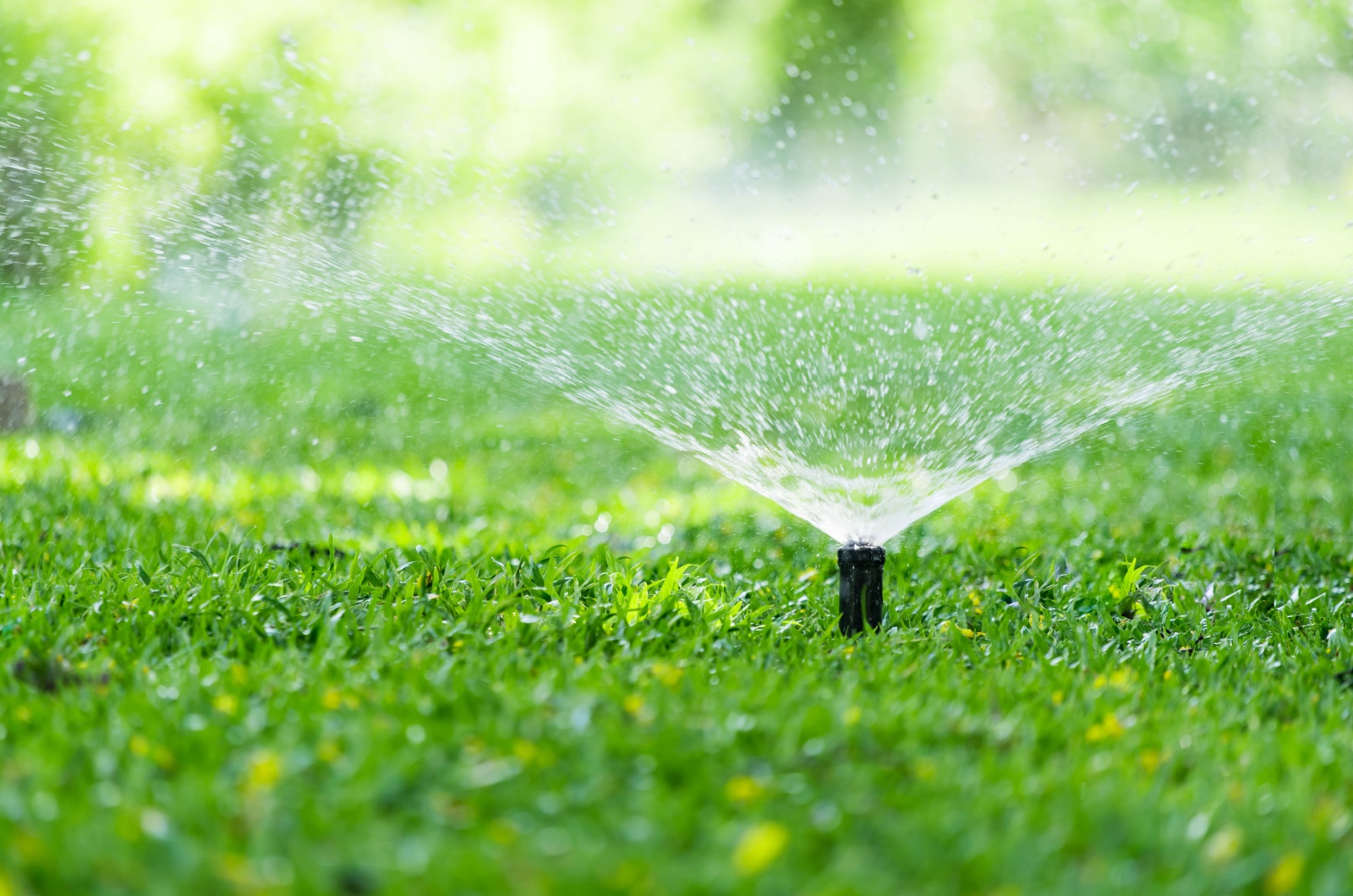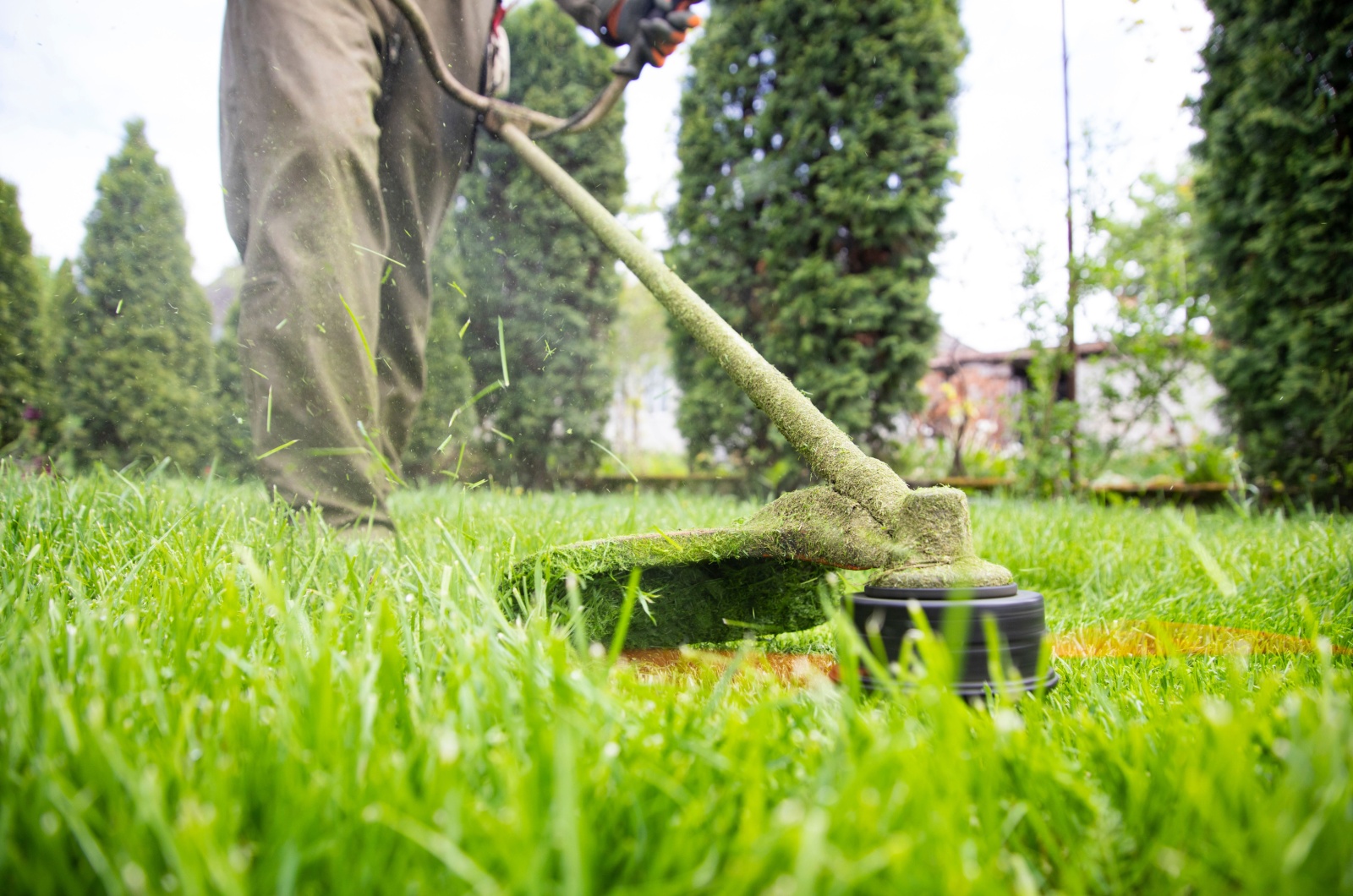Imagine this: it’s the first hint of spring, and you’re eagerly eyeing your lawn, dreaming of lush green grass and barefoot strolls. But before you break out the sprinkler and start performing your best rain dance, let’s talk about when to actually start watering your lawn.
Now, I know what you’re thinking – “But isn’t watering a lawn as simple as turning on the hose?”
Well, my friend, if only it were that straightforward!
You see, timing is everything when it comes to lawn care, and watering too early can lead to a soggy mess instead of the thriving turf you envision.
Following the right watering schedule is essential because, let’s face it, getting your lawn to look like a lush, green carpet shouldn’t be rocket science – but sometimes it feels like it!
1. Let’s Talk Climate, Your Lawn’s BFF Or Worst Enemy
Before you splash your lawn with water, consider your local climate and hardiness zone.
Think about weather patterns, temps, and rainfall because they all influence your grass’s thirst levels.
Now, here’s the scoop: you’ve gotta wait until winter’s gone and the ground is thawed. Watering before that? Not cool! Trust me, you don’t want to drown your grass in cold, soggy soil.
Wait until soil temps are around 50-60 degrees before watering your lawn – for southern folks, that’s around late March or early April, while up north, May is more the vibe.
But hold your sprinklers – just because it’s spring doesn’t mean your lawn is thirsty yet!
You’ll want to wait until you spot those adorable little signs of new growth before you reach for the hose. And hey, if Mother Nature’s showering your lawn with spring rain, let her work her magic!
Don’t be too eager to water your lawn too early (it won’t end well!).
You could end up with a shallow-rooted, weak lawn, poorly prepared for the heatwave of summer. Plus, you’ll be inviting fungi to crash the party (and they’re not fun guests).
Also read: Discover The Perks Of Growing Dichondra Grass Instead Of A Traditional Lawn!
2. Play Detective And Carefully Observe Your Lawn
Ever played detective with your grass? Well, get ready for some Sherlock Holmes action right in your backyard!
Check this out: if your grass is looking a bit lackluster, like it’s lost its green mojo and taken on a bluish-gray hue, it’s screaming for a drink! Yep, that’s its way of saying, “Hey, I’m thirsty, water me!“
If those grass blades start folding and wilting, or if your lawn turns into a permanent footprint carpet, then it’s definitely time to break out the watering can.
So, next time you’re out admiring your lush lawn, just keep an eye out for these telltale signs. Your grass might just be dropping hints that it’s craving some hydration (and some love from its favorite caretaker!).
3. Don’t Forget To Keep An Eye On Temperatures
From Sherlock Holmes to the local weather guru, you have to master it all if you want to have a thriving lawn!
Here’s the deal: if those spring days start feeling like summer’s already here and the forecast looks as dry as a desert, it’s time to break out the sprinklers.
But if the weatherman’s announcing heavy rainfall, there’s no need to play Mother Nature’s sidekick. Let’s save that watering for another day and let the raindrops do their thing!
Also read: When To Fertilize A Lawn After Winter For A Stunning Backyard All Year
4. Check The Soil Moisture To Find Out If Your Lawn Is Thirsty
If the soil is bone dry, then it’s an obvious sign that your little glass blades are thirsty and need some water ASAP. But if the soil is moist, there’s no need to suffocate the roots with even more moisture!
But how to know if your soil is dry, moist, or somewhere in between?
Enter the superhero of lawn care gadgets: the soil moisture meter. This nifty little device is like having your lawn’s hydration levels at your fingertips.
But hey, if you’re feeling old-school (or maybe your soil moisture meter’s on vacation), don’t worry because, as a lawn whisperer, I still have a few tricks up my sleeve!
Grab a trusty screwdriver and give it a poke in your turf (aim for about 4-6 inches deep). If it comes out feeling slightly moist, congratulations – your grass is happily hydrated!
If that screwdriver emerges looking as parched as a desert cactus, it’s time to break out the watering can. Dry soil means thirsty grass, and we can’t have our lawns feeling like they’re stuck in a desert drought, now can we?
Also read: Here’s What Happens If You Water Your Lawn After Mowing
5. Get Acquainted With Your Soil Type
Let’s dive into some soil-related facts, shall we?
Lawn grass can become picky when it comes to soil, preferring only those with top-notch drainage and lots of nutrients.
Sandy soils will drain fast, but clay soils? Well, it will also drain well, but after a decade!
Think of sandy soil as a thirsty kid in the class – it’s gonna need a drink more often to stay hydrated. Meanwhile, clay soil’s more like the kid who takes forever to finish their lunch – it holds onto moisture for dear life.
So, how do you keep your soil and your grass happy campers? Easy – know thy soil!
Once you’ve cracked the code of your soil type, you’ll be watering like a pro, giving your lawn just the right amount of H2O it needs – no more, no less.
But if you’re tired of constantly caring for your lawn, you might want to try some no-mow lawn alternatives.

